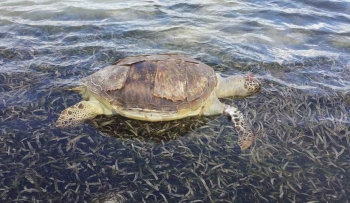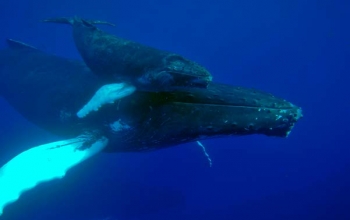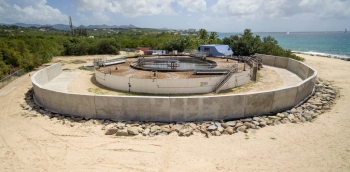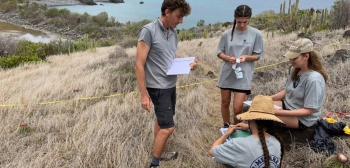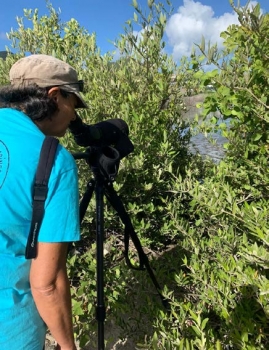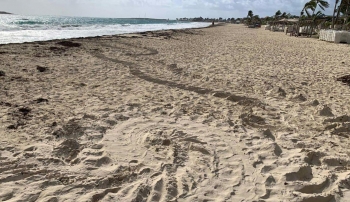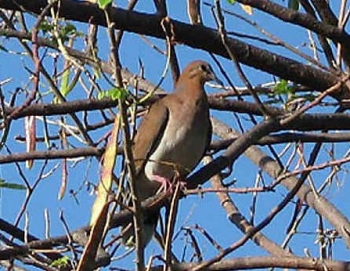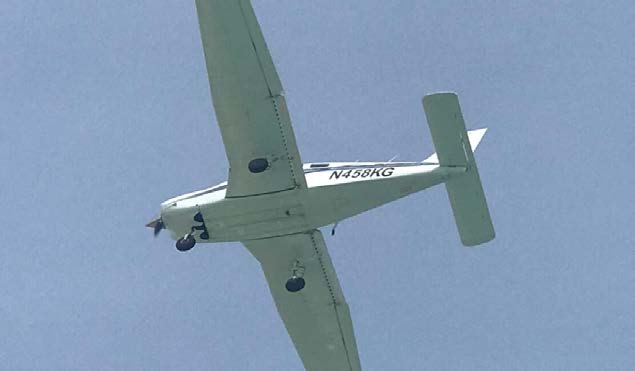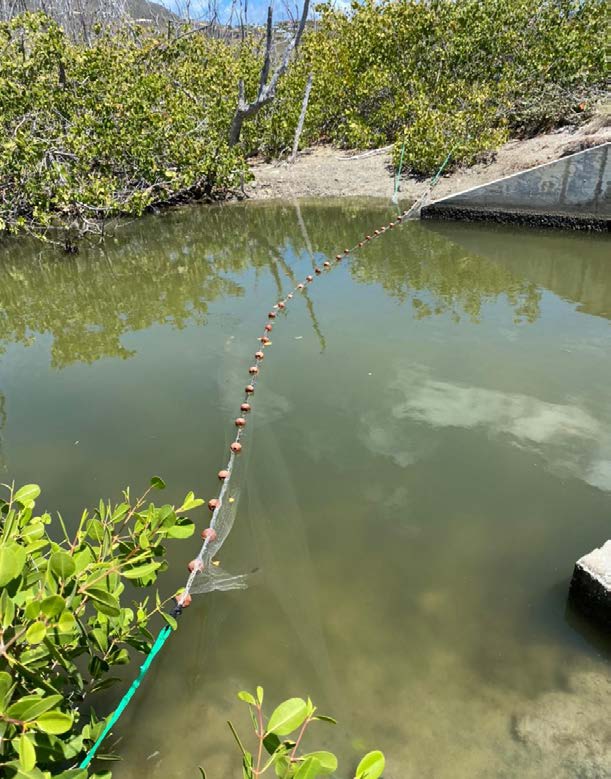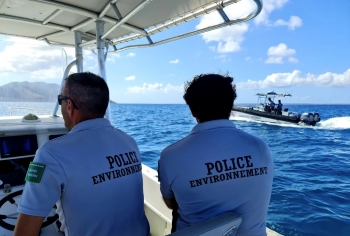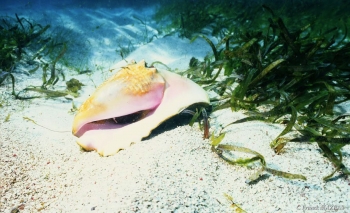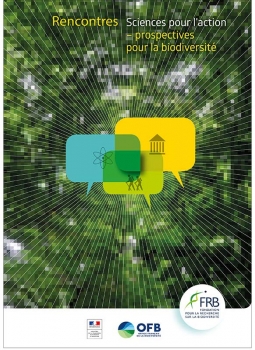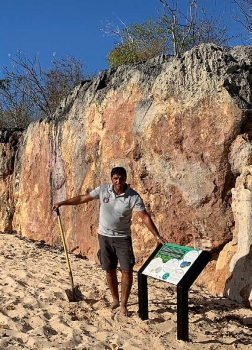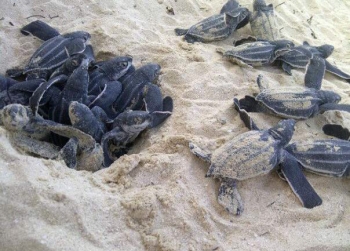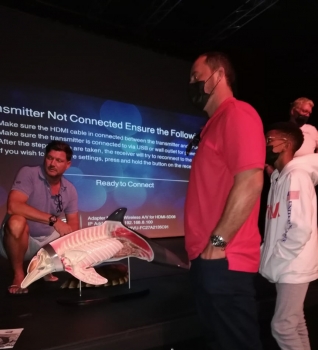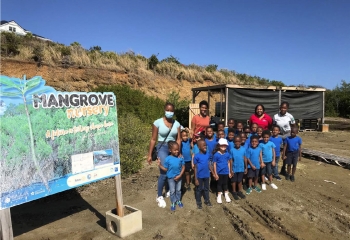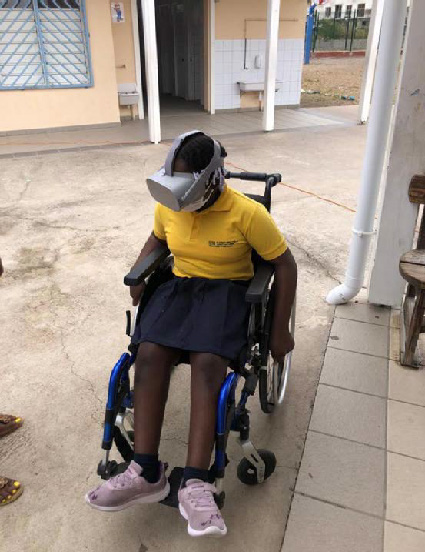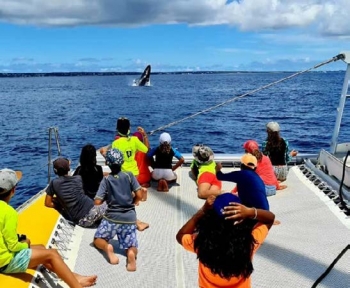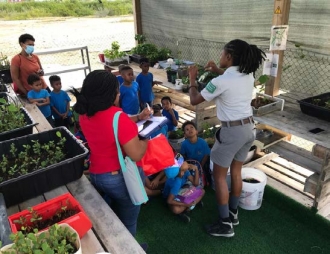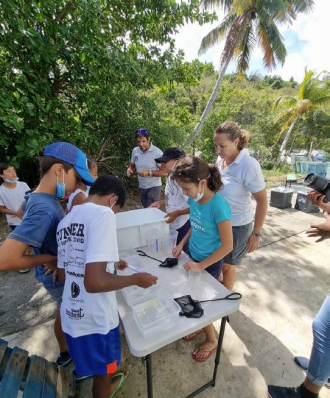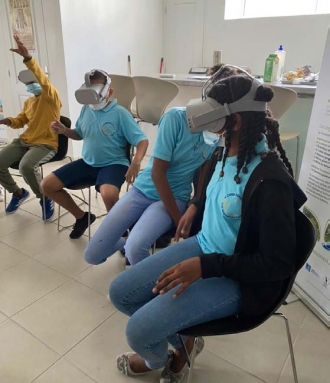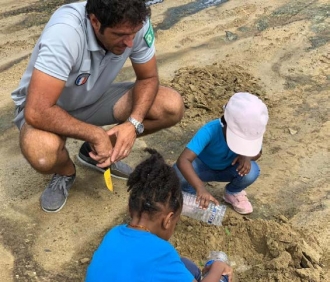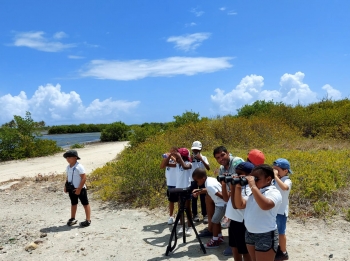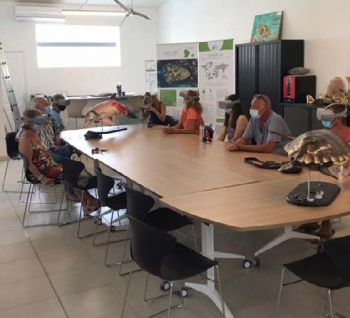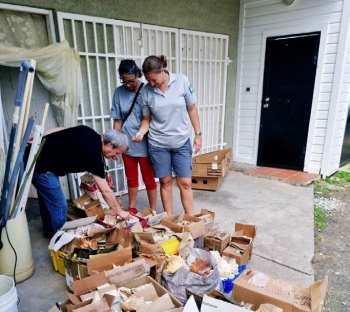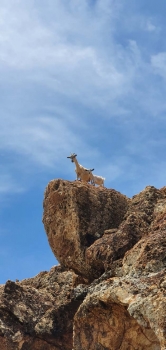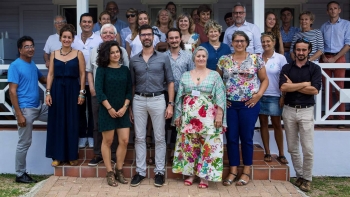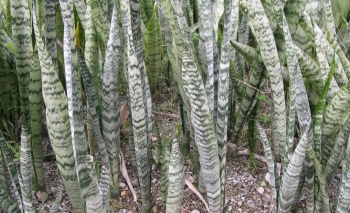As president of the management association for La Réserve Naturelle de Saint-Martin since its inception in 1998, Harvey Viotty filled the role selflessly and with great enthusiasm. Stepping into his shoes, I am committed to perpetuating the same spirit that guides La Réserve since its debut: a sense of dialogue, goodwill, comprehension, respect for the specificities of our island and its regulations, all of which are the fundamentals of success, and deeply ingrained in our ethos. There is an enormous amount of work to do, and we must prioritize in order to relaunch the management plan for 2018-2027, while trying to meet its 49 objectives, as outlined in 125 actions. As the management association, we bring our experience and our level of expertise to the development and improvement of the island of Saint Martin. In addition, to best protect it, we need to reinforce our economic model by way of innovative new tools for management, protection, and compensation. Anticipate climate changes, better understand the challenges to better control them, be prepared for the risks of a hurricane… The work of the staff of the natural reserve goes beyond that of its management goals. The needs are apparent: - protect the mangrove, and establish the first natural barrier against hurricane swells; - protect the beaches as egg-laying sites for sea turtles, and guarantee that these spots do not disappear due to erosion, rising sea levels, or urbanization; - preserve the integrity of our natural resources, and improve the quality of life for the residents of Saint Martin; - protect the marine milieu, the coral, the underwater plant beds, and also support the tourism, hotels, and the nautical sector, the economic pillars of Saint Martin. A rather recent sense of awareness on an international level has shined a spotlight on the fact that the economic services provided by nature are massive, and that we must do our best to protect it, reinforce it, and institute long-term development programs that respect our eco-systems. New paradigms for growth must be created at every level of the island. With its years of experience, La Réserve Naturelle is a tool that can be called upon to help the French government, the Collectivité, businesses, associations, and individuals who need assistance or an objective opinion on the various development and improvement programs for Saint Martin.

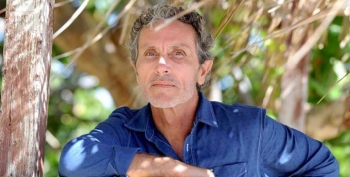
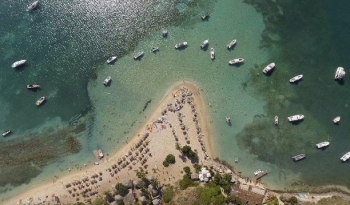
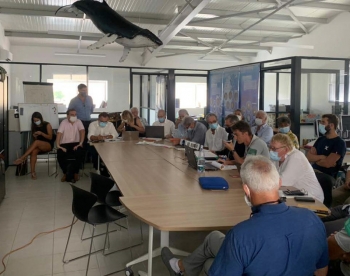
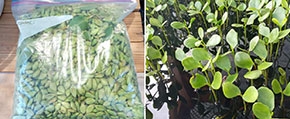
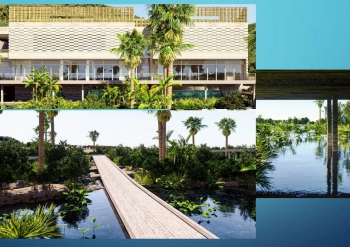
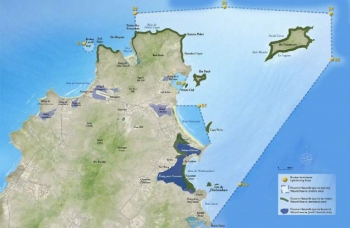
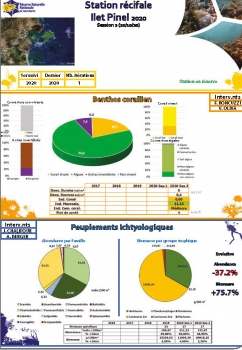
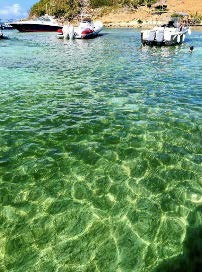
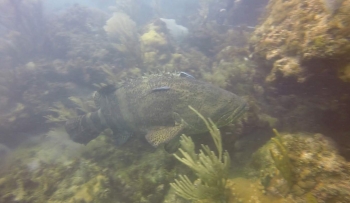
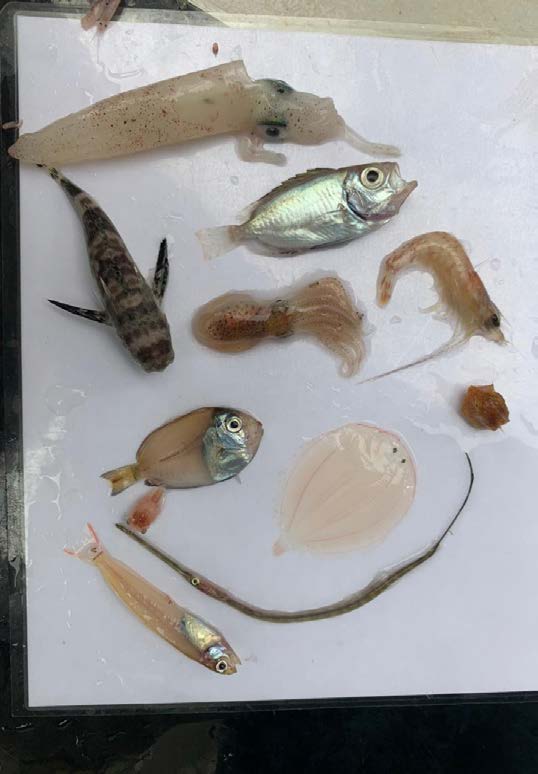 Halfway through its completion, after two and a half years of work, the Life Biodiv’Om project was submitted to an audit from Europe, led by an outside firm. This task has now been completed and encouraged the management association of La Réserve Naturelle de Saint-Martin to continue along this path. Aude Berger presented advancements made by the project via video conference with numerous photos and videos of nocturnal fishing, samples of post-larvae, and aquariums, not forgetting her meeting with a giant grouper on October 22, 2020.
Halfway through its completion, after two and a half years of work, the Life Biodiv’Om project was submitted to an audit from Europe, led by an outside firm. This task has now been completed and encouraged the management association of La Réserve Naturelle de Saint-Martin to continue along this path. Aude Berger presented advancements made by the project via video conference with numerous photos and videos of nocturnal fishing, samples of post-larvae, and aquariums, not forgetting her meeting with a giant grouper on October 22, 2020.